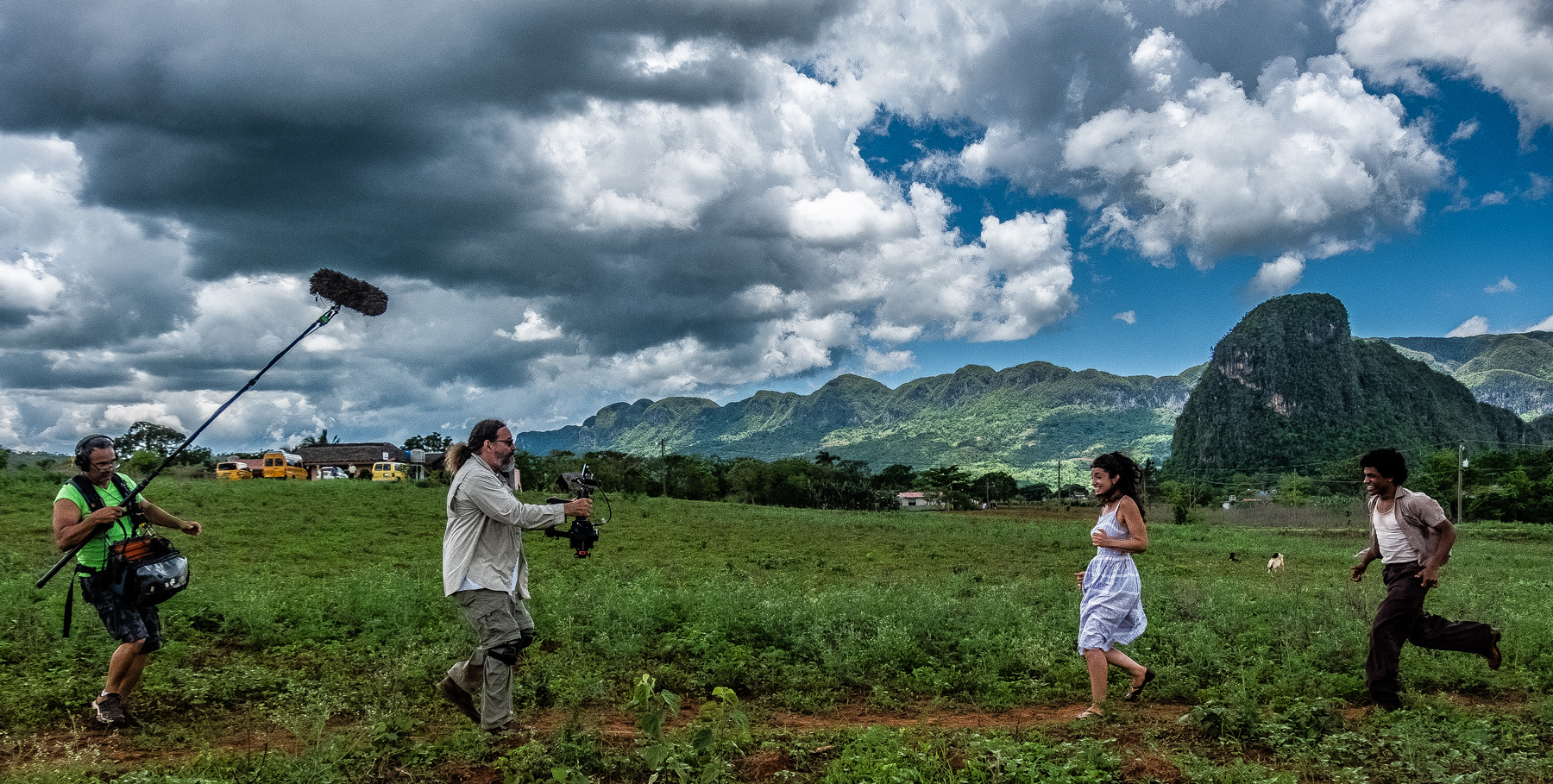
Revolutionary Approach to Rogue Filmmaking in Cuba with Piel Canela — Part I of II: Preproduction
Shooting this indie dramatic short film on location in a notoriously closed-off country presented unique challenges that were overcome with creative approach, new technologies, and the help of some good friends in the camera industry.
Shooting this indie dramatic short film on location in a notoriously closed-off country presented unique challenges that were overcome with creative approach, new technologies, and the help of some good friends in the camera industry.
Unit photography by Leisbel Cano, Dan Kneece and Robert Primes, ASC. Additional images provided by Mat Newman.
The success and art of motion picture has long been tied to the relationships between filmmakers, gear manufacturers and rental houses. Their shared knowledge and bonds have pushed generations of filmmakers beyond what they initially thought possible.
Michelle Salcedo utilized these relationships to produce her directorial debut, Piel Canela, the story of a Cuban exile returning to her homeland after 20 years in search of the daughter she was forced to leave behind.
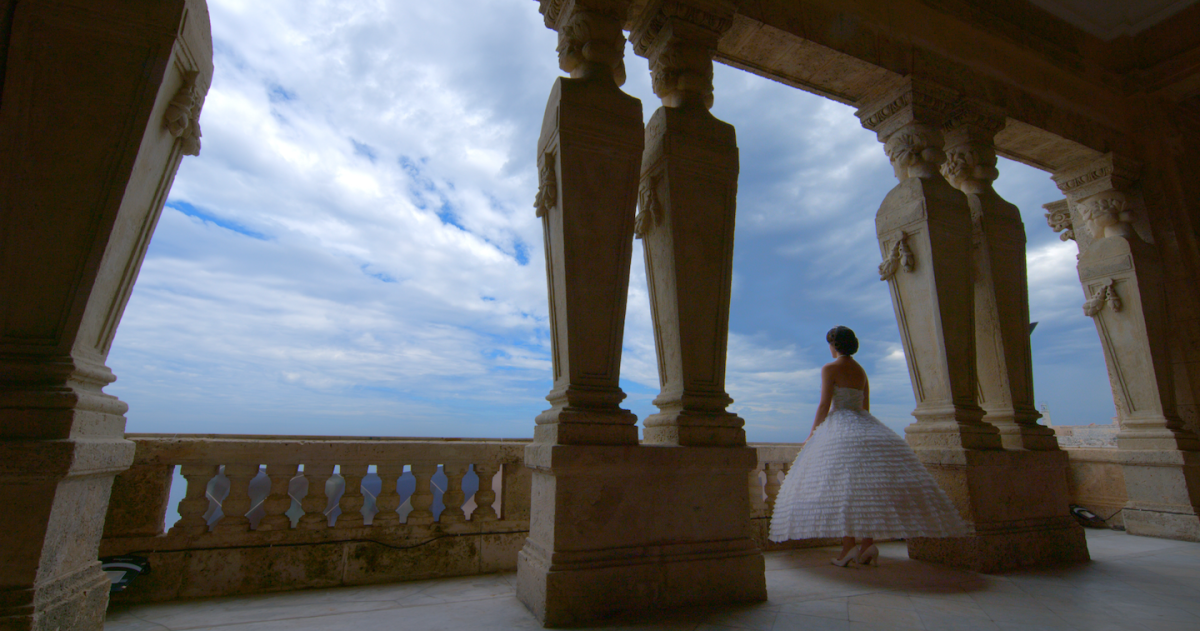
Salcedo, who also served as producer and writer, drew on her mother’s childhood immigration story and her own personal experiences visiting Cuba for the first time when writing Piel’s script: a period piece set in Havana and Viñales Pinar Del Rio — Salcedo’s family’s hometown village — during 1958 and 1980. She knew what she wanted but not how to make it happen, so she called in a favor from her neighbor, Robert Primes, ASC.

Primes owed Salcedo for stepping in to edit an hour-long feature from hundreds of hours of footage he’d captured in Africa with two fellow cinematographers, including long-time Steadicam operator Dan Kneece. As an experienced reality television editor, Salcedo explains, “You kind of double as a writer and a producer because you’re trying to find a story where there might not necessarily be one.” At the time, she was happy to help out the filmmakers for free, and never imagined getting anything in return: “I wasn’t thinking, ‘Someday he’ll pay me back’ — it’s just about creating relationships.”
The cinematography challenge that Salcedo’s project posed invigorated Primes, who would be returning to his position behind the camera after a seven-year retirement. As Primes remembers it, his last feature was “a turkey, and I didn’t finish it.
“I thought, ‘I hope this isn’t my swan song.’ But it was.”
Stepping away from the production world, Primes re-focused on shooting stills: “I jumped into still photography because it was something creative I could do without a lot of money and without calling up and begging favors from crew.
“I had a desperate need to fulfill. Creativity, I couldn’t exist without it.”

Taking on Piel meant accepting two project requirements that would ultimately define Primes’ equipment choices. The first was that the four-person US team (Salcedo, Primes, Kneece, and actress Mimi Davila) would need to bring the majority of their gear into the country with them. Due to a combination of the project’s budget and the country’s limited availability of professional film equipment, lighting-wise they would only have access to decades-old Fresnels. “Affordable,” says Primes, “but takes big space, requires more electrical and manpower and isn’t agile, which forces you into slow, time-consuming work.” Considering how much they were looking to accomplish within their limited timeframe, Primes chose not to use them.
“I had a desperate need to fulfill.
Creativity, you live and breathe.
I couldn’t exist without it.”
The second requirement was even more limiting: securing the permits from the Cuban government to shoot had taken over a year to process, however, everything they brought into the country with them would have to pass as something a tourist would have. If not, it could be confiscated or subject to lengthy processing and costly temporary import fees
“To get through Cuban customs, that meant still cameras,” confirms Primes. “That was a choice that defined us.”
Primes was initially confident DSLRs were the right fit for the project. “Going through sunny, high-contrast situations without having to gel the windows, without having to put a big fill light up, [and] shoot with sufficient latitude, we were banking on that kind of latitude. Without it, the whole house of cards falls dawn.”


Through his stills work, Primes had tested most of the major DSLR cameras, which informed his decision-making on how best to face Cuba’s hot sunlight on the project’s budget while dealing with unavoidable equipment and crew limitations. “I found that the modern cameras — the top models — had loads of latitude in the raw still files,” he explains. “I had learned with no lights, no white cards, no nothing, how to shoot natural light any place and be able to make beautiful tones.
“The things we learned to do in film, I let the computer do. I set the ISO because that determines the dynamic range, the noise level that I want and where I think I need to be. And I have a little quick override — a little cheater knob in 1/3 stops that I can over- and underexpose. This is heresy to the cinematography I grew up on, where you control the lighting, and set the key right on, and make sure the modeling is great on the person. These modern cameras just grab it all. Based on that, I felt we could go and shoot a good-looking drama.”
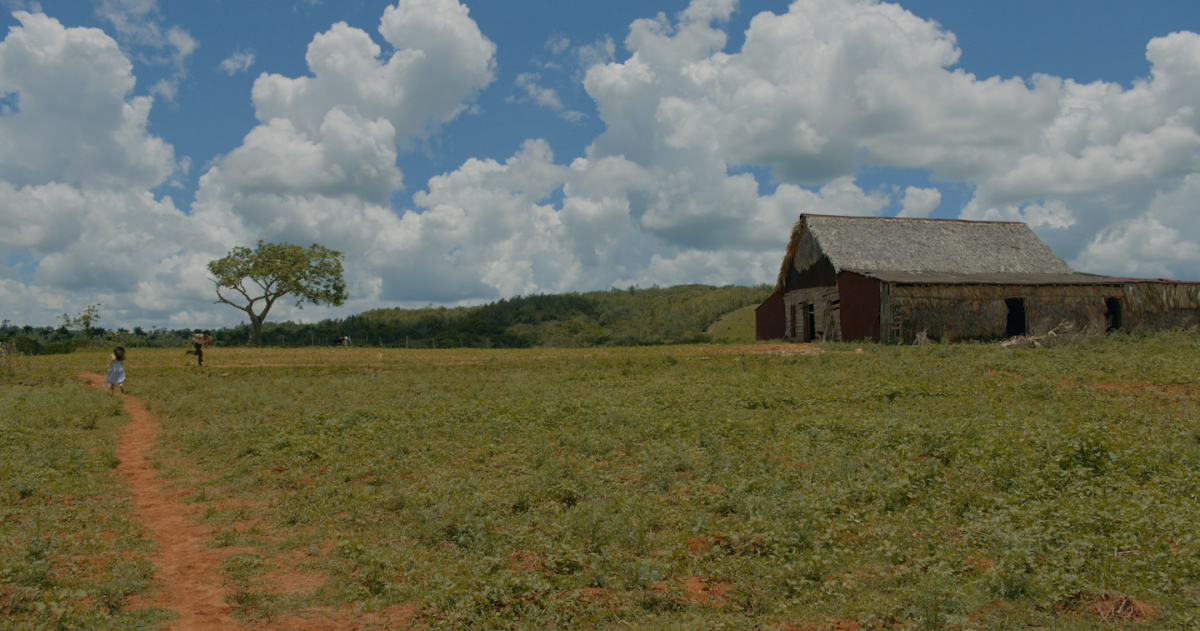
Primes’ next move was to consult with the friends he’d made over his 30-plus-year career, including many he’d met while coordinating a series of ASC events on emerging technology over “10 dinner meetings a year, for 10 or 12 years,” recalls Primes. “Our most ambitious of which included a guy from Italy who came over with one of the first controllable drones, which we held inside an airplane hangar at Santa Monica Airport. It was a prototype with a 100-foot-load film camera and eight propellers. We also had a helicopter outside with a mount shooting telephoto stuff of people inside and broadcasting it.
“I established a very enviable network to talk to people. That really helped.”
The first contact Primes reached out to was Fujinon. “I’m a Fuji fan. My still cameras are Fujis (one of which has the serial number ‘BOBPRIMES’). They had just introduced two zooms they were happy to lend us that would go on the Sony A7s. Sony was happy to lend us A7s, so I figured, ‘Let’s do it.’”
“A certain amount of optimism is necessary
when you’re trying to do something with no money. Creativity is taking chances.
I was very creative on this.”
Camera and lenses secured, Primes went next to L.A. rental house Radiant Images to speak with co-founder and ASC associate member Michael Mansouri for guidance. “With filmmaking, you’re just bombarded by data,” explains Mansouri. “How do you narrow down a decision, and make sure these are the right tools that do this? The only way to judge is by other people’s experiences, and that’s where we feel a great rental house’s leverage. They don’t just let the equipment go out; they get that information back. They fight for [that information] so they can refine constantly.”
Mansouri has watched the role of the rental house change over the years. “The old method of rental houses was a very guarded ‘you need us’ [mentality],” he remembers. “You couldn’t do anything without us.” Significant technology advancements and a dramatic increase in accessibility shifted this relationship radically, to the point where Mansouri believes “there is zero value now for someone to call themselves [a rental house]. A filmmaker has the same tools as a major studio. It’s less about providing equipment, but more how to collaborate, figure out problems and have solutions ready.”
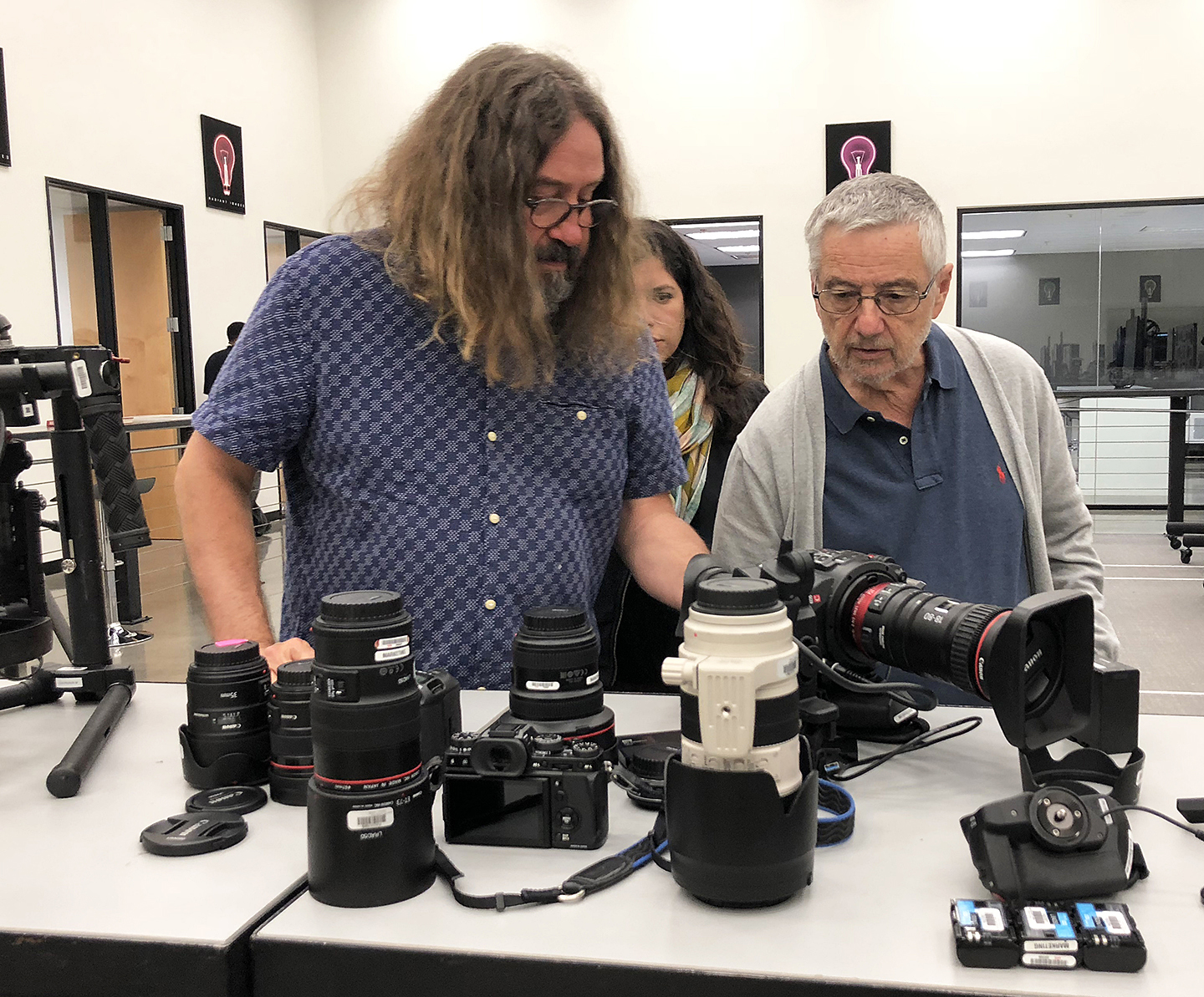
For Piel Canela, this meant turning Primes onto new autofocus advancements introduced recently by Canon. “Michael said, ‘You should look at Canon’s touch focusing,’” recalls Primes, whose subsequent session at Canon’s Burbank office with a 5D Mark 4 and a 1DX showed him everything he needed to see. “I’ve never seen focus tracking like this. I touch [my subject] in focus, and then move it around to the corners where there are fewer sensors, and it holds focus. I rush in fast, she’s in crisp focus. I do a 360 around her, and as long as there’s a flesh-colored ear visible, the camera kept focus. When it’s all black hair, it doesn’t know what to do. But the instant that part of the ear comes back, the camera reacquires focus. Tracking the image, the image changes — it remembers. And I said, ‘Shit, this really does it.’”
Primes chose autofocus capability to be his primary concern in deciding on what camera to use, over increased low-light sensitivity. “My needs of focus pulling for the script, there’s real action that you’ve got to move to capture. This is fast and accurate enough to track that. The choice also came with a bonus: “I can order the much-less-expensive, lighter-weight still lenses. I don’t have to get calibrated professional lenses and pretend like they are still lenses going through customs.”
Mansouri agreed with the decision: “The focus puller brings more than just keeping things in focus. [They bring] the art of when to focus at the levels of interest. That taps into the unspoken. Automation only gives us the level of the data. How incredible filmmakers, creative free thinkers, take that data and elevate it to a new platform — this is when you need artists.”
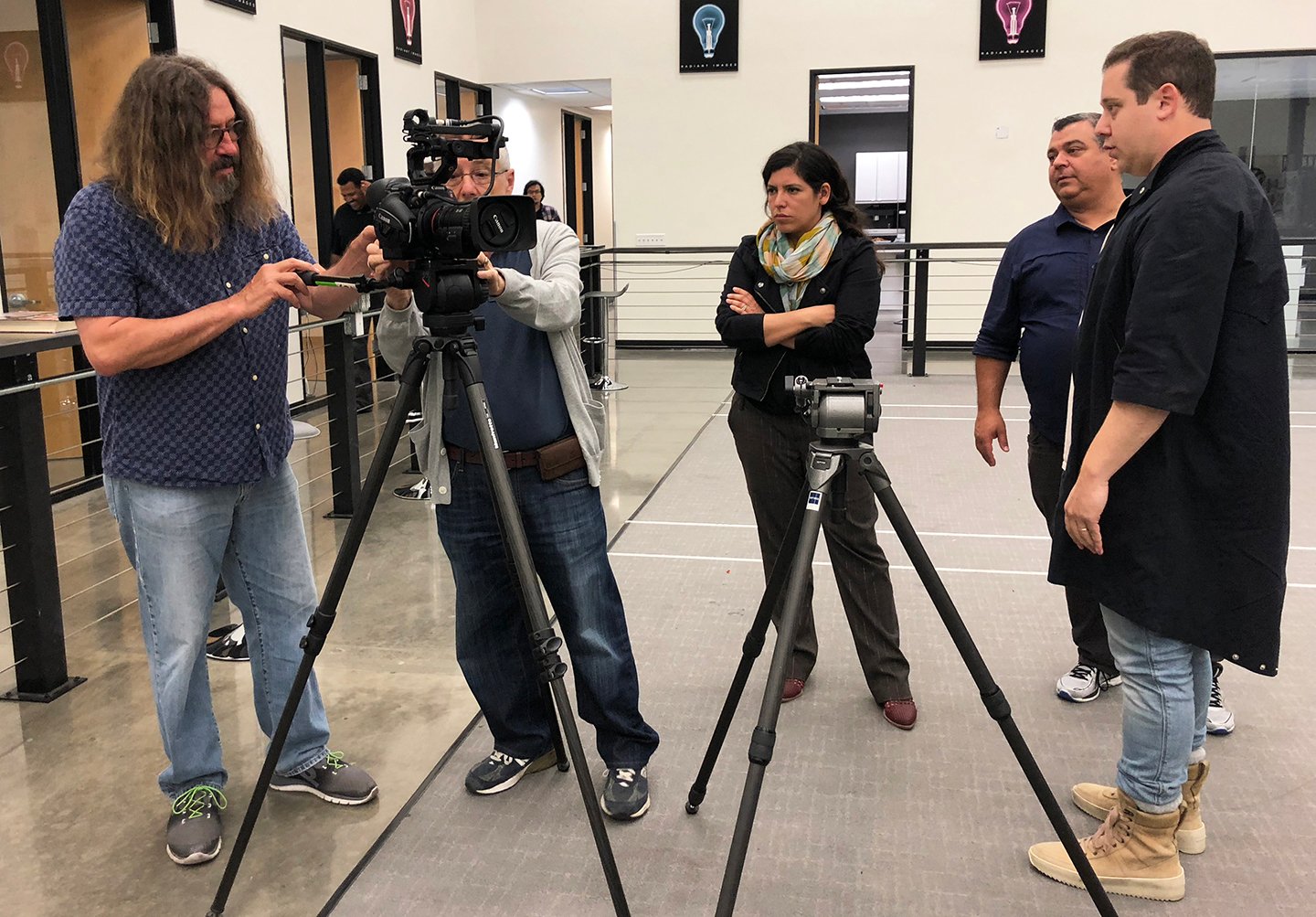
While Primes, Kneece and Salcedo prepped their 5Ds at Radiant Images, Canon also sent over their new CN-E 18-80mm Cine Zoom lens. “Canon guys are wonderful. They’re for you, they’re trying to make your project better,” Primes gushes. “They ask, ‘Have you seen this new lens?’ It’s a cinema lens with all the markings that I was trying to avoid, but it’s an 18–80mm autofocus lens, works fast and ballistic with a touch screen, and it was sharp as a tack, practically macro range. I saw it and I got greedy because it’s so good.”
Camera and lenses secured, Primes was ready to solve his remaining gear issue: “How are we going to move the camera?” He knew they would be using some kind of handheld stabilizer, and his gambit was to pair it and his operator with a second operator that would handle focus and camera controls. To achieve this, DJI sent over its Force Pro, which wirelessly controls the pan, tilt and roll. Picture was handled with a 7” Atmos Shogun paired with a Teradek receiver and transmitter on the camera.
While this would have been good to go in the U.S., in Cuba, using a wireless transmitter was more complicated. As Primes explains, “They’re very wary of wireless transmissions and sound. The politics are still there.”
The solution was found in the 5D manual: “This is the WG model, which has got internal wireless transmitter with no antenna. It will [transmit up to] 30 feet very well, but, more than that, it isn’t there. It doesn’t look like anything, but it’ll transmit a picture to your iPhone, [which] you can touch focus.” Tests found the delay between touch and focus was about two frames, which Primes found quite usable for the productions needs.
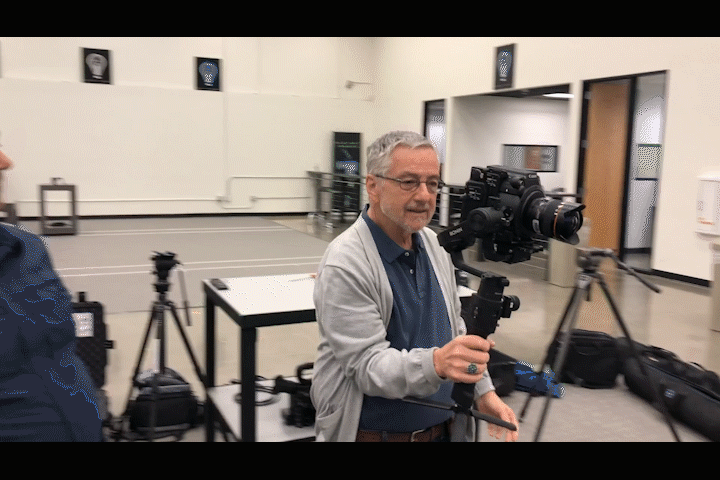
Along with the Force Pro, MoVI offered their MoVI Pro, which is capable of auto-balancing the camera and lens with a button press and would otherwise capably do the job. Its hoop design and carbon-fiber build, though, is distinctly professional, which meant Primes wouldn’t be able to bring it into Cuba with him. Again, Mansouri came through while the team prepped. “He sees our problem, calls DJI and says, ‘You know the brand-new Ronin S you showed us that’s a single one-handed stabilizer, much smaller, and supposed to handle eight pounds? Could you bring it over right now?’ So here’s the guy from DJI going through traffic getting us this device, which is very cool. The battery is the handle. It’s a little out of balance, but we put the DSLR on there and it fits like a glove. We put the heavy lens in, and it works fine, and we’re ecstatic.”
The Ronin S satisfied the production’s movement needs but would require more from the operator. As Kneece explains, “It’s not like a Steadicam, which is very precise. You can do shots with a Steadicam; they’re almost like a geared head because you can really make that device balanced out and control it. [The Ronin S is] a little bit more freeform.
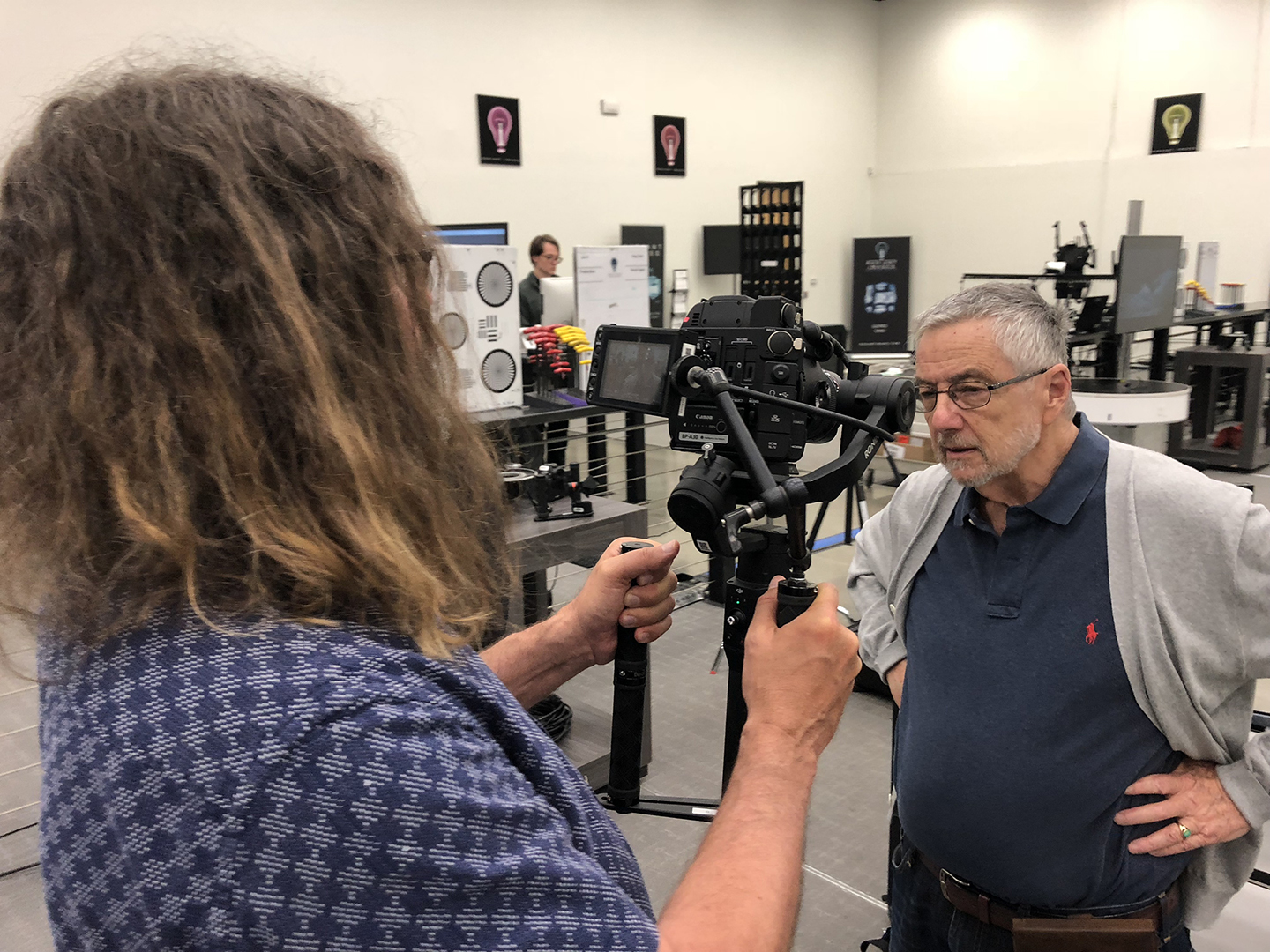
“I don’t have dance skills, so I love the two-operator [mode]. As somebody is physically moving, I can just look at a monitor, and, like with a geared head, I can do perfect framing. I had this conversation with some Steadicam operators at a Tiffen open house. They were saying the Steadicam is more precise and the Ronin always has an electronic feel to the stabilization of balance and inertia. As soon as you get motors and electronics and things involved, it puts you at a level less intimate to it, but it can also do great things.”
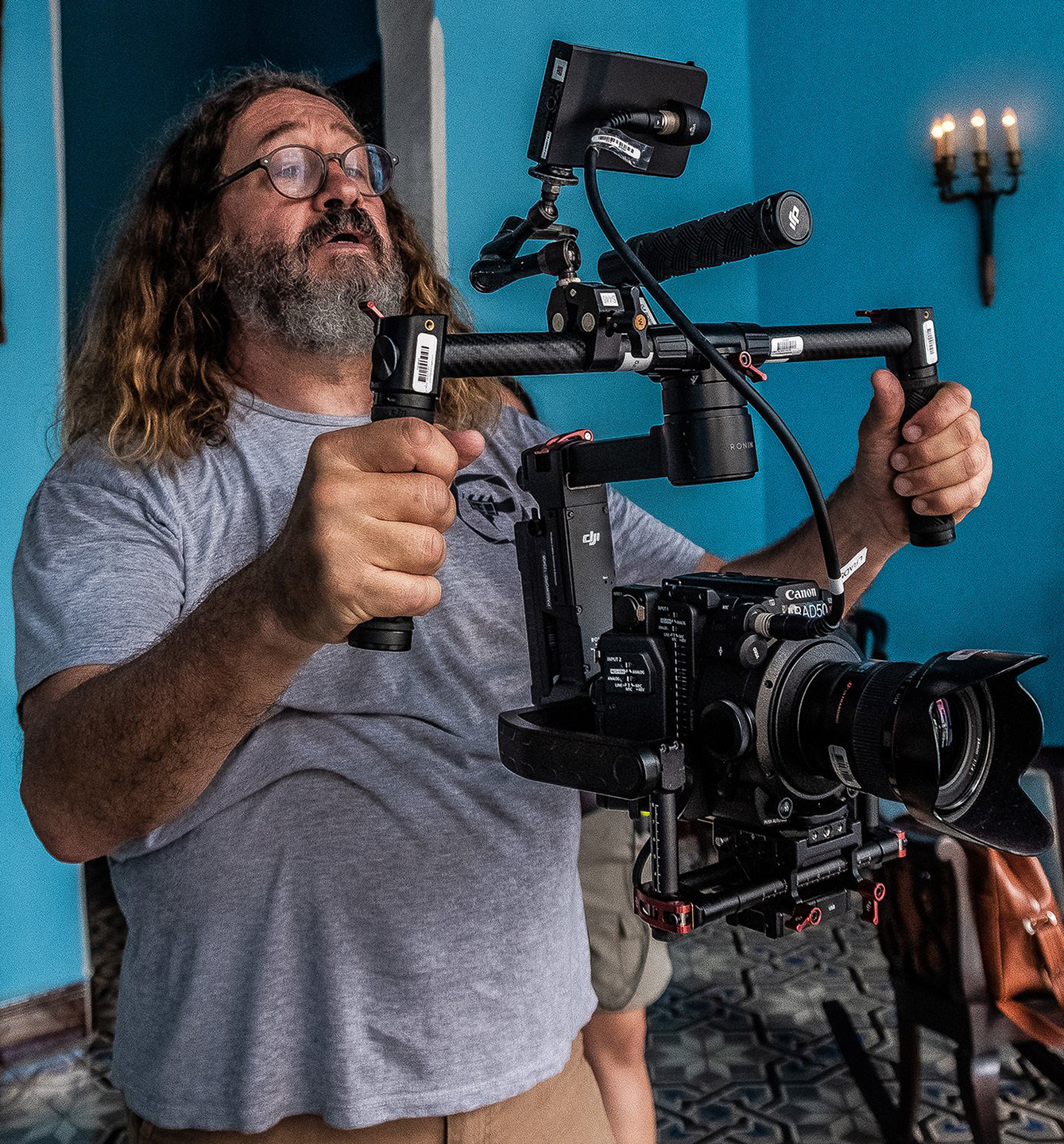
The newness of the Ronin, along with its operators’ experience, brought additional value to the project, which Salcedo greatly appreciates. “The Ronin and the MoVI type of stabilization is something very exciting for [the Cuban crew] to have,” she explains, “[To see] ‘Steadicam Dan,’ in action and how he works was really inspiring for them. Mulholland Drive [on which Kneese operated] is a staple at film school over there.
“Our assistant camera Leisvel Cano is from Cuba. He only had a week off in between two features that he was shooting as a cinematographer. He’s [here because] he was just excited to work with [Bob and Dan] and to learn from them and to learn new methods of using the Ronin and all that.”
“That test saved the whole f---ing production.”
Doing camera tests at a rental house comes with the benefit of shared Big Data with both the in-house technicians and the other filmmakers using the facility. At the time Piel was prepping, writer/director David Ayer (Training Day, End of Watch) happened to be on site testing for an upcoming shoot. He helped Primes and Kneece with balancing and rigging the Ronin, using his experiences with the Ronin/5D combo. “Mansouri had one of our 5Ds bare bones on the Ronin, and David, who’s brilliant, says, ‘Yeah, but the balance is too low,’” recalls Primes. “‘You need to bring it up right here.’ And he’s right, because if the handle is down, all the inertia is leveraged up away from your grip. [He said], ‘If you could hold it here at the nodal point the weight is nothing. It’s much better.’ And he was also totally right on that. And then, when we were rigging, he said, ‘Let’s take those, and we can remove the battery,’ and then we were redesigning the whole thing. David was leading. I didn’t recognize him as a director. I thought he was a real sharp operator — as sharp as my operator, who is plenty sharp.
“David was asking me about the shoulder latitude and if there was a sweet spot in the camera. I said I haven’t seen the test yet, so we exchanged numbers. He wanted to see our test, and I said that I’d love to see his.”
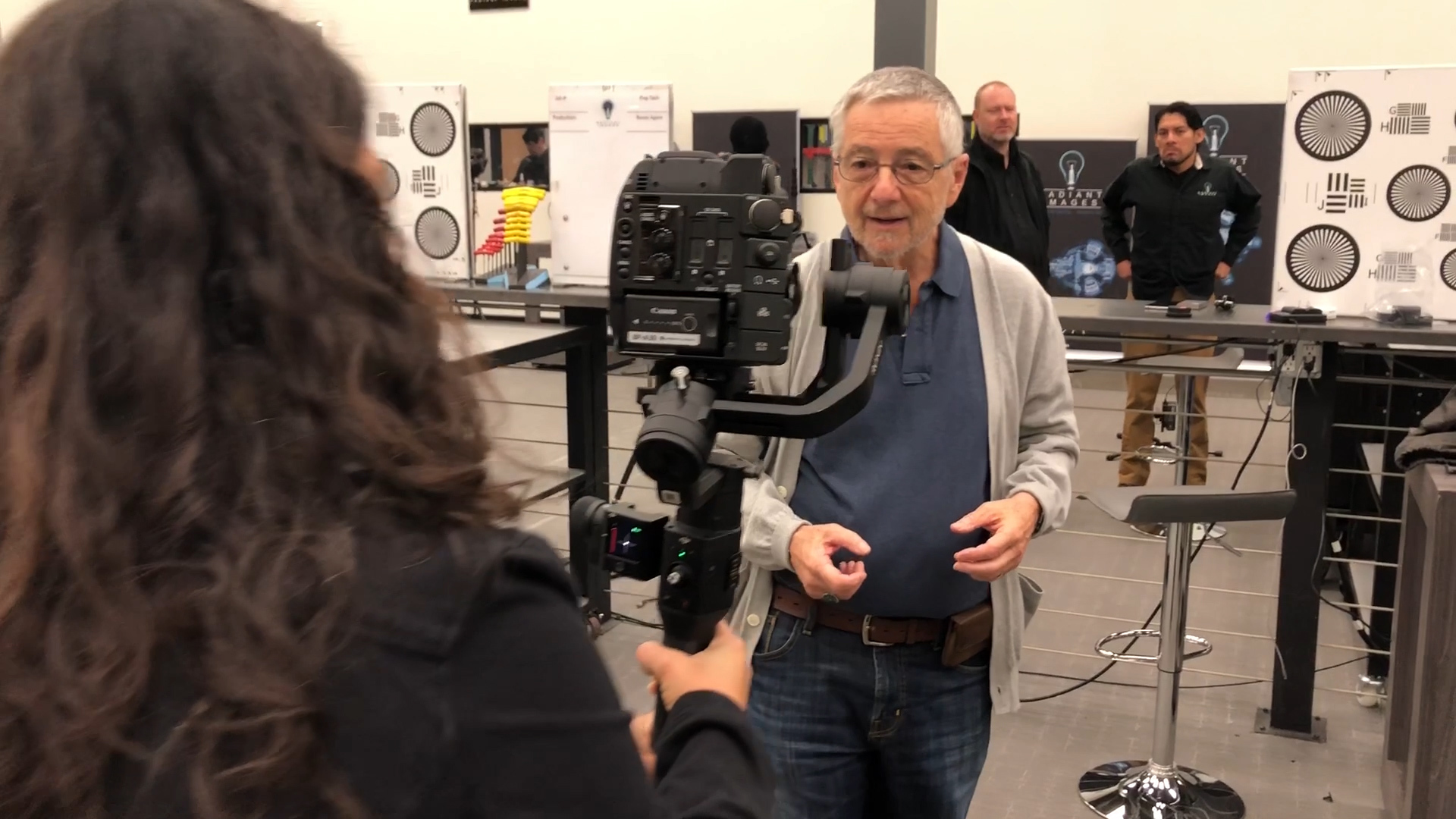
Those tests would serve the project its biggest failure to date, one that nearly scuttled their entire camera plan.
As Primes remembers, “Michelle and Dan met me at Canon Burbank to review our test in their Resolve room, with Loren Simons engineering, and we put the stuff up to look at it for the first time, and it’s so sensitive for the ISO. At 1600, it was too noisy. At 400, all the blacks cluster up and it’s got no shadow detail. So you’ve got to use it between 640 and 1250, which is a very limited range. And the latitude ain’t there even at log, no matter how you split the exposure. I couldn’t get either the highlights or the shadows, and now I’m thinking, ‘Shit, man.’ The movie mode of that camera — even with log that was their new, hot, high-latitude — is not just doing what I’m used to.
“I’d already determined with the lenses I had that I needed NDs to shoot outside, and I’m trying to figure out how they’re going to bring that off. I said, ‘This kills the idea of shooting natural light.’ It just doesn’t have the range. We’d have to use lights and window gels and stuff and contain [the image] within the range of this camera to make it work. Yes, you can get the sensitivity out of this, but with the noise, it was no good. I don’t worry about the noise as much as I do dynamic range. If there are dark-skinned people in the sun, they must be filled. [For example], if you’ve got this black kid running in a shot, either you burn out the background — which is not why you’re in Cuba — or you need someone running in front of him with a silver card, which cripples us. It takes us back 10 or 15 years in technology, and it’s not what we designed.
“So, after all this work, I picked the wrong camera for what we needed.”

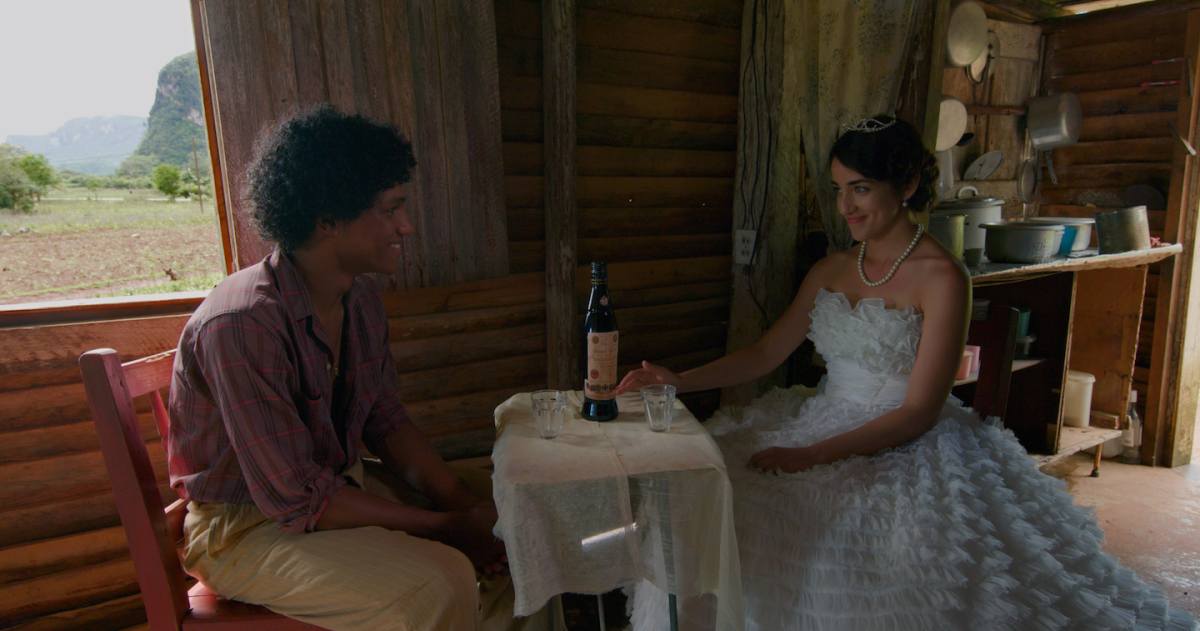
Primes appreciated the value of the failure and the process he took to get there. “A certain amount of optimism is necessary when you’re trying to do something with no money. Creativity is taking chances. I was very creative on this. There I was, making assumptions. That’s why we shot a test as soon as we could — to find out. My wishful thinking turned out not to have been paid off, but it was the most successful test we could have made. That test saved the whole f---ing production.”
Fortunately, Canon had just created a camera for exactly this circumstance. As Primes relates: “Simons said, ‘Bob, for what you want to do, your concept of doing it on a DSLR — they’re just not there yet. Five months ago we came out with a Canon C200. It’s the best modern technology we have, and if you take the handle off the side and the handle off the top, you can put a strap on it and throw it over your shoulder and it looks more like a tourist thing than a camera in a Pelican case.”
“The C200 really blew us away,” says Salcedo, “with the latitude and the ability to really push those limits of brights and darks we would be able to shoot a scene that’s towards the end of the day and make it look like it’s the middle of the day. That was a big decision-maker for us, because it really is amazing when you’re dealing with having to shoot around the rain in the middle of the day and the sun sets very quickly. We had to make a lot of tough decisions on-set, and, with the C200, we had a lot more latitude for those decisions. That can only be done with a camera that has that ability.”

“This is a dedicated movie camera,” explains Primes, “with 14–15 stops of latitude, RAW files, 2-, 4- and 6-stop ND filters, a waveform monitor and everything else built into this, plus it had the touch focussing and wireless capabilities of the 5D DSLR! I mean, this is miraculous. The image quality is way beyond the [DSLR]. I switched to Canon C200s instead of Canon 5D Mk IVs or Sony A series DSLRs because the C200s were among the most compact cameras to employ the processing power and associated heat sinks needed to retain the exposure latitude with relatively quiet [low noise] shadow detail.”

Unfortunately, due to its newness and popularity, a C200 wasn’t available to test with just four days of notice. Undeterred, Primes immediately came up with a solution to what he saw before in him. “In the [Canon Burbank] showroom, they have an A and a B model. The B is the stripped-down version without a viewfinder; it’s the module you’d put into a crane or in a gimbal. My thing was always that one camera would live on the fluid head and go for the long close-ups and the other would live on the gimbal. The A has the viewfinder built in, which is great. Instead of using a screen, the operator can put his eye to the finder and not be worried at all about extraneous sunlight hitting the screen.”
Primes was told the showroom A camera was a pre-production model and he could not trust it for production, but he got them to let him borrow it over the weekend to do an image quality test. “Then, first thing Tuesday morning, I took the camera over to Radiant Images to put it in the gimbal.” It worked perfectly, and they proceeded to complete their camera prep.
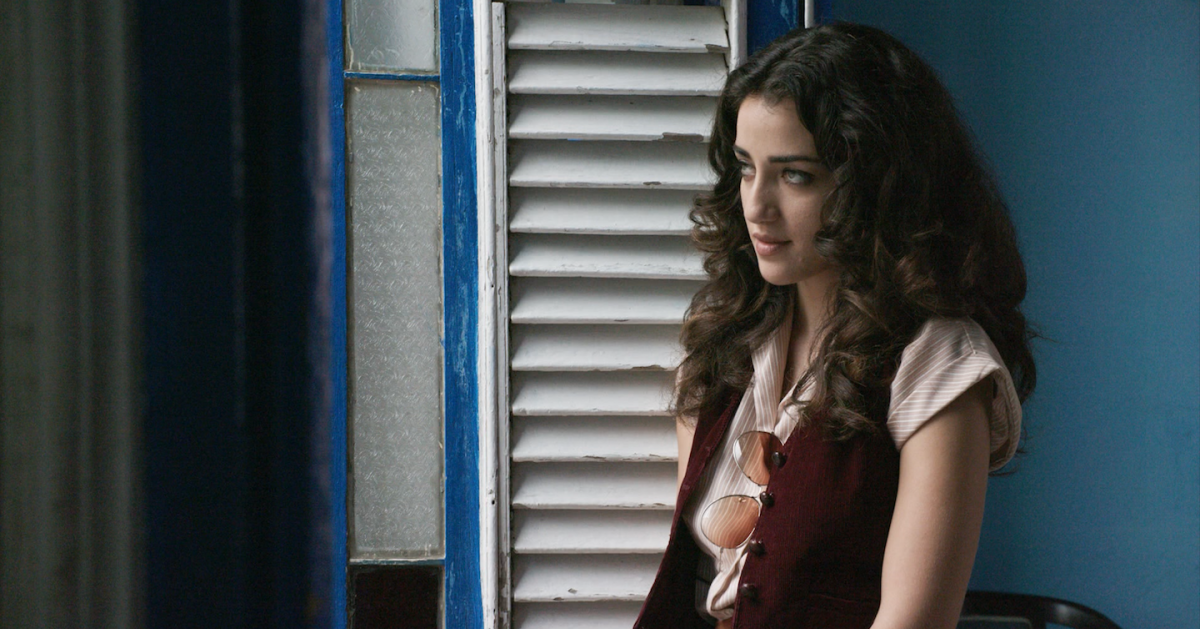
Challenges like these are exactly why Mansouri enjoys working with projects of all sizes. “As fascinating as it is to blow up cars and do all these things [on big productions], that’s not what we’re about. We’re not interested in just working with the top filmmakers. I would be extremely bored. It wouldn’t be challenging for me, because they only give me one perspective. [Projects like Piel] truly ground us and give us a purpose that reminds me what I was like when I was a five-year-old. I had no restrictions.
“A lot of the most daring filmmakers we work with are willing to take bigger risks. All these rules were broken. The first rule was broken many years ago, but the one I always reference is Alice Guy. She was a filmmaker in the early 1900s, and she made a movie called The Birth, the Life and the Death of Christ. In the movie, a character walks out the door, and Guy says, ‘It would be great if we cut and go to the other side of the door instead of just see him walk through it.’ And people around her were like, ‘No, you can’t do that. It would make people go crazy.’ [If she’d listened], we wouldn’t have our first cut.
“Customers or collaborators who come to us are not simply interested in just getting a piece of equipment. They’re more interested in creating connections and engagements that truly have an impact.”
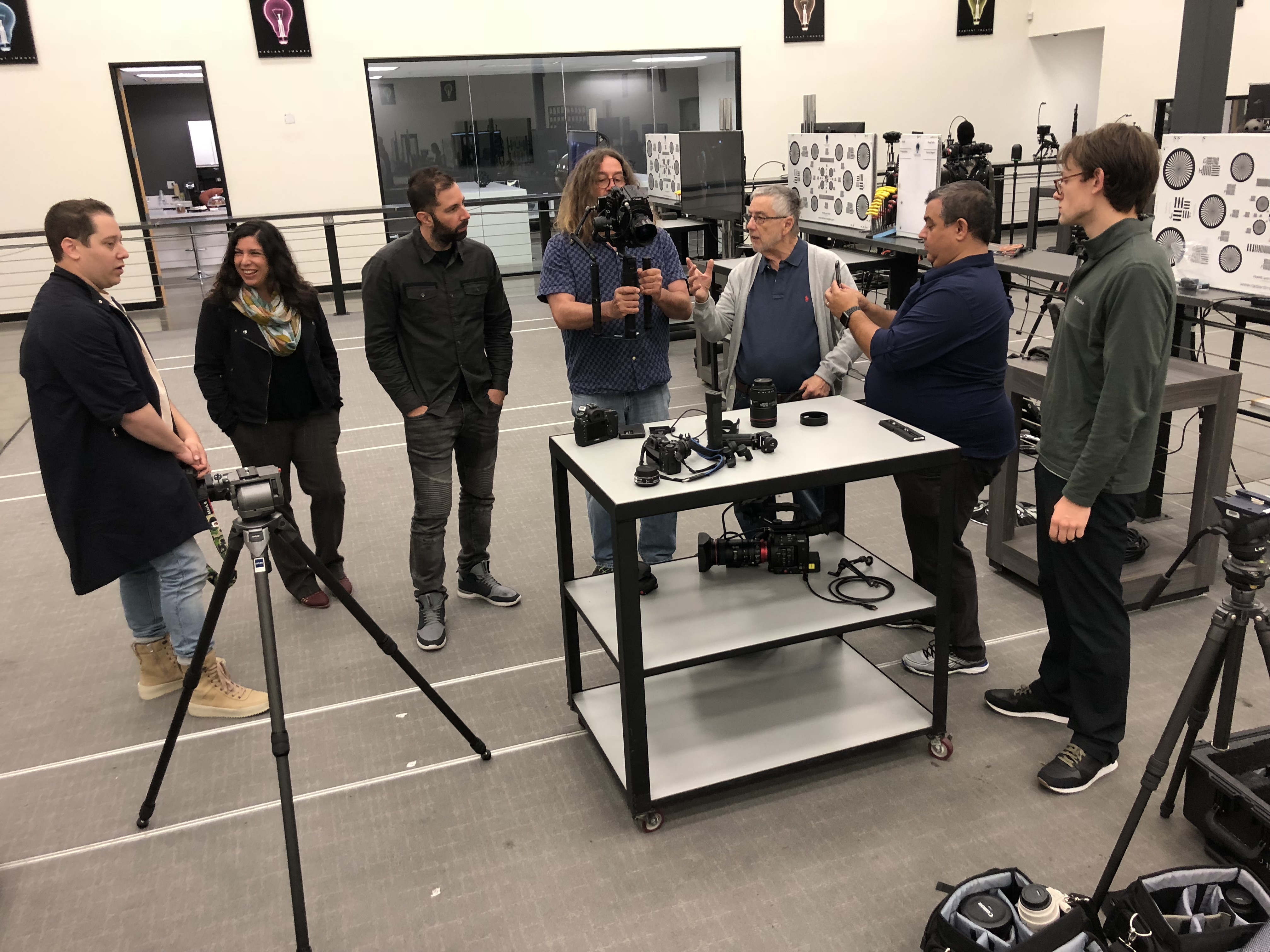
Both Mansouri and Primes credit famed rental house owner and ASC associate member Denny Clairmont for inspiring this mindset. “Those principles of generosity came from Denny,” says Primes. “The stuff that he did — being progressive, customer-oriented and generous rather than greedy — came from Clairmont Camera. Tom Fletcher, when he had [rental house] Fletcher Chicago, studied with Denny, and he continued it on there, so there is a wonderful legacy. They deserve credit — what they’ve done should be a model.”
Primes is a big proponent of the importance of happiness. “I told my AFI students, ‘Your number-one job is your personal happiness,’” he explains. “Without your personal happiness, your physical health cannot be maintained, you will not be likeable, and you cannot work with other people. If you don’t have personal happiness, you will not find the generosity to be good to other people. Everything in your life depends first of all on your personal happiness. Then, you can be empowered to do all the good things. So, I believe to prosper is great — in fact, essential.”
His infectious positivity has made Primes a champion of those who work with him. “Bob was extremely generous with his connections and the relationships that he’s built over years,” tells Salcedo, “and to use them on this project was very humbling. I feel very appreciative of that and very grateful. He knows that I have a lot of passion, and I think that that’s what he responds to. He also wanted to have the Cuban experience through the Cuban eyes. He wasn’t interested in the touristy sections [of the country] or having a tour guide show him certain things. He wanted to feel what it’s like to be in the thick of it and to work and to learn from them.”
![Says Salcedo, "[Primes] wanted to have the Cuban experience through the Cuban eyes." Therefore, he did not want to shoot in the tourist areas of the country. "He wanted to feel what it’s like to be in the thick of it and to work and to learn from them.”](/imager/uploads/81058/PIEL_Screen-Shot-2019_Calle_6c0c164bd2b597ee32b68b8b5755bd2e.png)
“When I first decided to go into digital, my mentor was Bob Primes,” says Mansouri. “At that point, I listened to everything he said. He tried everything one could to truly understand the potential of digital cinema. It’s an honor to have the opportunity to now teach the master. It’s an incredible flip of opportunity for me to be able to share some of the information that he has given us. I always feel that great knowledge transcends. Us knowing everything that we’ve learned, it’s been through standing on other people’s shoulders. There’s nothing new that we could say like, ‘Yeah, we’ve innovated.’ No, it has been through a series of other people [for whom] we’ve been able to stand on their shoulders — that’s how you create your own immortality. You live forever.”
Primes enjoys his part in it all. “I live for projects and creative fulfillment,” he says. “Meaty, challenging, wonderful stuff that gives me a raison d'etre, something deep I can throw myself into it. The self-esteem I get from it is invaluable — they’re doing me easily as much a favor as I’m doing them.
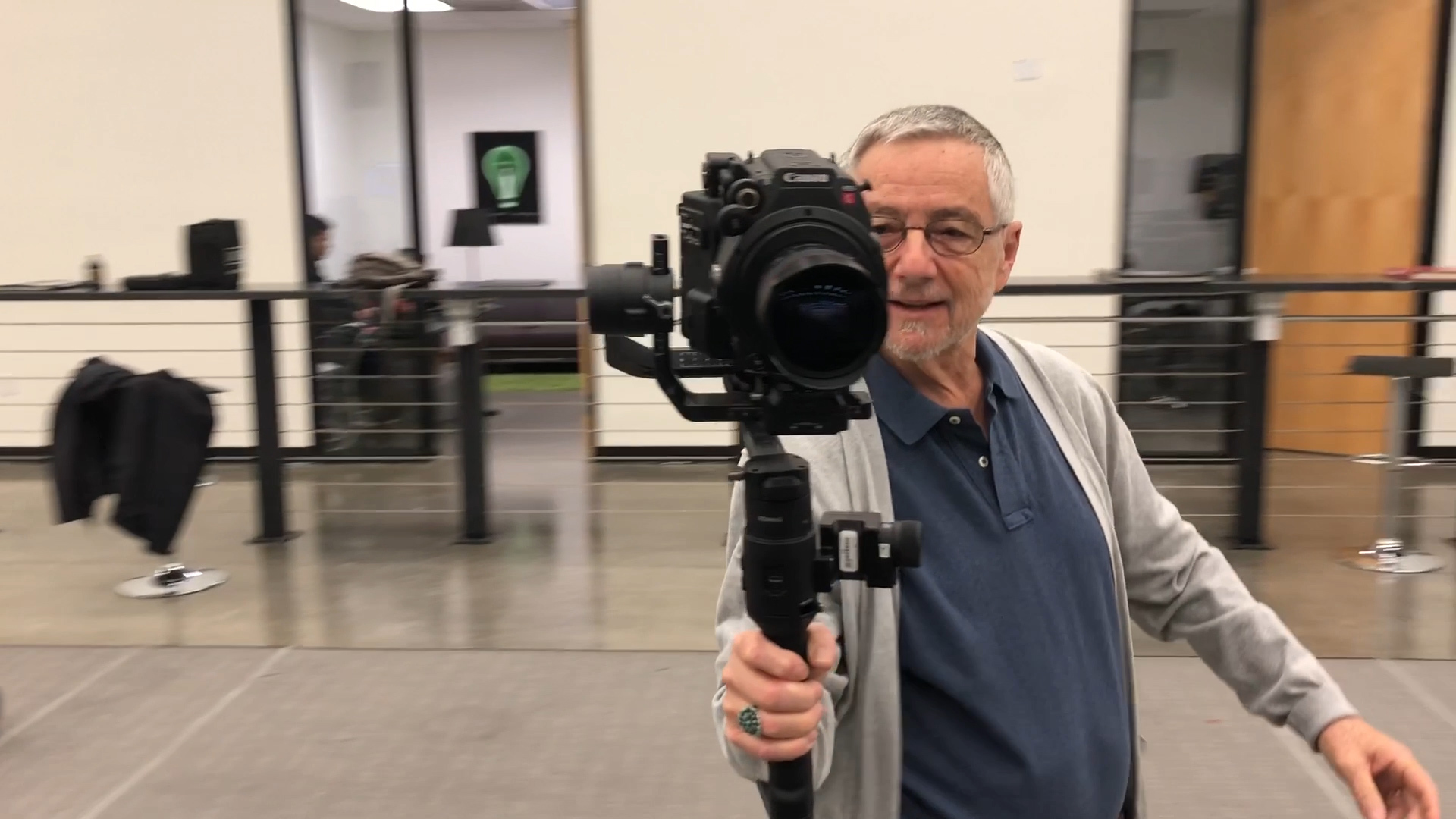
“If there is an opportunity to be a good person, you take that. One, if it makes you feel good, it is the right thing to do, and you should just flat out do it. And then, secondly, you are building a network of people that are saying good things about you.
“When you’re up for a job, [if a] person says, ‘He’s an a--hole,’ or, ‘He was slow,’ or something like that, you’ll never hear that. You'll never know, but it’ll cost you do the job. [If a] person says, “He’s a good guy,” you may never know [that was said about you], but you’ll get the jobs. And you need that [kind of reputation] to break into this industry. So, you go around and do your best work and try to be a friend to everybody.”
Read about the production in Part II.
Technical Specifications
| Camera | Canon C200 (2) |
| Lenses | Canon 11-24mm zoom lens (“My favorite lens!” says Primes.) |
| Canon EF 18-80 cine zoom lens Canon 100mm f/2.8 Macro lens (my other favorite lens!” Says Primes) | |
| Canon 100mm f/2.8 Macro lens | |
| Canon 50mm f/1.2 lens | |
| Canon 35mm f/1.4 lens | |
| Canon 24mm f/1.4mm lens | |
| Canon 14mm f/2.8L lens | |
| Canon 40mm Macro STM lens | |
| Canon 50mm STM lens | |
| Support | DJI Ronin M kit |
| Gitzo legs and fluid head | |
| Atomas Shogun HDR Monitor kit | |
| 256GB CFast 2.0 CF cards (8) |






